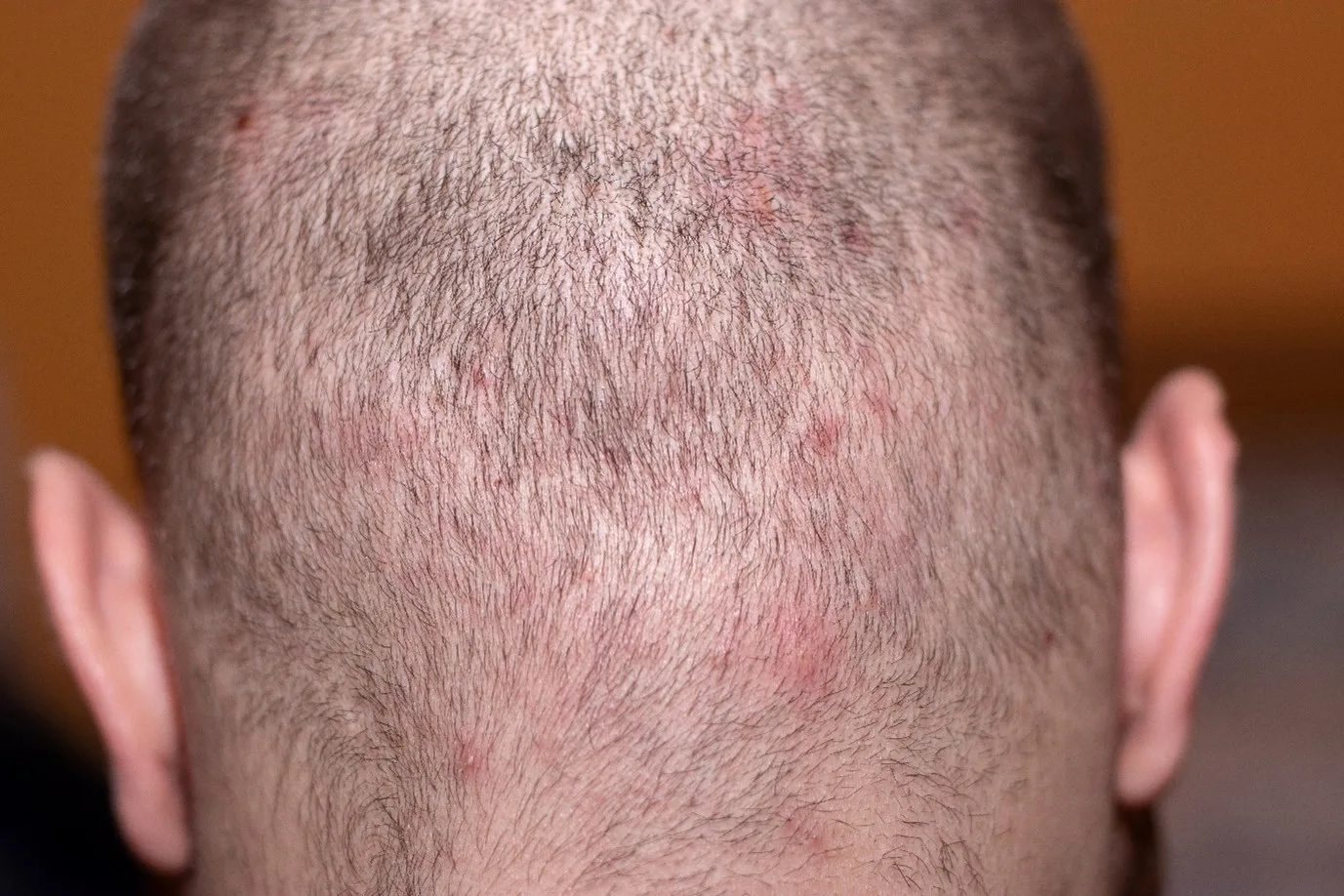Tinea Capitis: Symptoms, Causes, and Treatment

Tinea Capitis, often referred to as scalp ringworm, is a fungal infection of the scalp. It's a common condition, especially in children, and can be uncomfortable and visually distressing. In this article, we'll explore what Tinea Capitis is, its symptoms, causes, how to diagnose it, and most importantly, how to treat it, including the use of Head and Shoulders Shampoo as a preventive measure.
How to diagnose tinea capitis?
Preventions with Head & Shoulders
What is Tinea Capitis?
Tinea Capitis is a fungal infection that affects the scalp and hair follicles. It's caused by various types of dermatophytes, primarily Trichophyton and Microsporum. These fungi thrive in warm, moist environments, making the scalp an ideal breeding ground. Tinea Capitis is highly contagious and can be transmitted through direct contact with an infected person, animals, or contaminated objects like combs and hats.
Symptoms of Tinea Capitis
Symptoms of Tinea Capitis can vary, but common signs include:
-
Itchy Scalp : Itchy scalp is often the first noticeable symptom.
-
Bald Patches: Circular bald spots on the scalp , often with broken hairs at the surface.
-
Scaling: The affected area may have redness on scalp , scaling, and pustules.
-
Black Dots: In some cases, you may notice black dots at the base of hair shafts.
-
Swollen Lymph Nodes: Lymph nodes in the neck may become enlarged in response to the infection.
Causes of Tinea Capitis
Understanding the causes of Tinea Capitis is crucial in preventing its spread. The primary causes include:
-
Fungal Infection: Dermatophytes are the main culprits behind Tinea Capitis.
-
Direct Contact: Close contact with an infected person or sharing personal items.
-
Animals: Pets, especially cats and dogs, can carry the fungus and transmit it to humans.
-
Contaminated Objects: Using combs, brushes, or hats that have come into contact with the fungus.
How to Diagnose Tinea Capitis
If you suspect Tinea Capitis, it's essential to consult a healthcare professional for an accurate diagnosis. They will typically:
-
Examine the Scalp: A visual examination of the scalp and hair to identify typical signs.
-
Skin Scraping: A sample of skin or hair may be taken and examined under a microscope to confirm the presence of fungi.
-
Culture Test: A culture of the hair or scalp sample may be grown in a lab to determine the specific type of fungus involved.
How to Treat Tinea Capitis
The treatment of Tinea Capitis often involves antifungal medications, which may be oral or topical, depending on the severity of the infection. It's essential to follow your healthcare professional's advice for the appropriate treatment.
Oral Antifungal Medications
Griseofulvin: An oral antifungal medication commonly prescribed, especially for children.
Terbinafine: Another option for treatment, which comes in the form of tablets.
Topical Antifungal Creams
Clotrimazole: This antifungal cream is applied directly to the affected area.
Ketoconazole: Available as a shampoo, it can be used in combination with oral medication.
Prevention with Head and Shoulders Shampoo
Prevention is always better than cure. Head and Shoulders Shampoo, known for its effectiveness in treating and preventing dandruff, can also be useful in reducing the risk of Tinea Capitis. Its active ingredient, pyrithione zinc, helps control the growth of fungi on the scalp.
Here's how to use it for prevention
-
Regular Use: Use Head and Shoulders Shampoo as part of your regular hair care routine , especially if you've been in close contact with infected individuals or animals.
-
Proper Application: Apply the shampoo, focusing on the scalp, and leave it on for a few minutes before rinsing.
-
Preventive Measures: Avoid sharing combs, brushes, or hats, and educate children about the importance of personal hygiene to prevent the spread of infection.
By including Head and Shoulders Shampoo in your routine, you can help keep your scalp healthy and reduce the risk of Tinea Capitis.
In conclusion, Tinea Capitis is a common fungal infection of the scalp with distinct symptoms and causes. Prompt diagnosis and appropriate treatment are essential for managing the condition effectively. Additionally, preventive measures like using Head and Shoulders Shampoo can significantly reduce the risk of contracting this uncomfortable scalp condition. If you suspect you or your child has Tinea Capitis, consult a healthcare professional for guidance on diagnosis and treatment.



